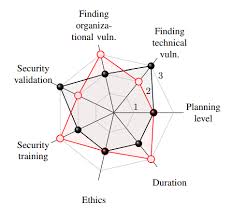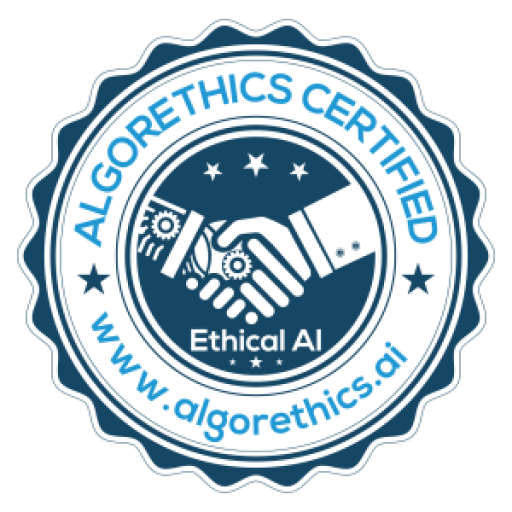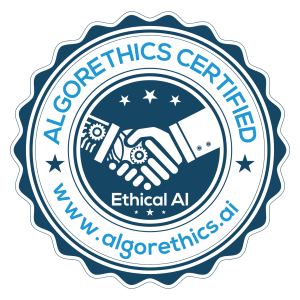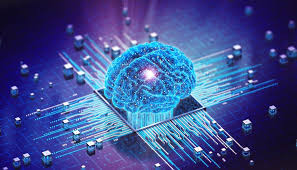Companies need security solutions that protect against AI cybersecurity threats
Over the past several years, the security landscape rapidly evolved with the introduction of AI, specifically generative AI. AI spawned numerous new categories of AI cyber threats, such as data inference, transfer learning attacks and model inversion. Additional, AI-enhanced phishing attacks are driving increased breaches and data loss. Today, companies need specialized security solutions that protect AI systems and their components from various security threats (e.g., adversarial attacks) and vulnerabilities (e.g., data poisoning). These security products must protect the data, algorithms, models, and infrastructure involved in AI applications.
Last week, Cisco unveiled its latest security innovation called Cisco AI Defense. The solution offers a new approach to targeting AI safety and security challenges. Let’s break down Cisco’s announcement, the AI-specific features of its latest offering, and the benefits it provides to security operations (SecOps) teams.
Today, every security vendor worth evaluating offers new AI-enhanced products with features such as conversational AI assistants and streamlining alerts to help highlight relevant security threats. The Cisco AI Defense platform builds on Cisco’s existing Secure Access technology and incorporates new features designed specifically for the AI ecosystem. Specifically, AI Defense aims to address two core AI problems: 1) securing enterprise access to AI applications and 2) ensuring the safety and security of AI models and applications built by organizations.
Cisco’s security solutions leverage threat intelligence from over 50 billion daily events and integrates data from tools like Cisco Talos and other third-party feeds. The data from these events helps detect AI-specific vulnerabilities and threats. However, the company also added more AI-specific features such as:
- Algorithmic Red Teaming: In cybersecurity, “red teaming” refers to a process where ethical hackers, acting as potential adversaries, simulate real-world cyberattacks against an organization to identify vulnerabilities in their security systems. Cisco AI Defense offers algorithmic red teaming to automate stress-testing AI models. Unlike traditional red teaming, which relies on human experts, this approach uses AI to simulate billions of potential attack scenarios, uncovering vulnerabilities such as prompt injection attacks, information leaks, or unexpected model behaviors. The combination of algorithmic red teaming and real-time threat intelligence enables SecOps teams to identify and address vulnerabilities before they can be exploited. AI Validation recommends guardrails that map to the specific model vulnerabilities discovered during algorithmic red teaming.
- Guardrail Automation. AI guardrails are rules, tools, and policies that ensure AI systems operate within ethical, legal, and technical boundaries. Guardrails help prevent AI from being misused, making biased decisions, or causing harm. Cisco AI Defense offers over 200 pre-configured guardrails tailored to specific models and applications. These guardrails align with industry standards like OWASP and NIST, covering security and safety measures and ensuring seamless integration into enterprise workflows. By automatically applying guardrails tailored to specific threats or vulnerabilities, the platform allows for swift containment of potential issues without disrupting workflows or developer productivity.
- Continuous Validation. Model tuning can lead to toxic and unexpected outcomes. Automated testing can check AI models for hundreds of potential safety and security issues. Cisco AI Defense continuously validates the AI model to adapt to vulnerabilities that can occur as models are modified during development. Continuous validation helps ensure that the right guardrails are in place to protect against new vulnerabilities that are discovered in production. Together, this approach safeguards against potential safety and security threats such as prompt injection, denial of service, and sensitive data leakage on an ongoing basis. This feature ensures that AI applications remain secure even as they evolve through updates or fine-tuning.
The threat of sensitive corporate data leakage into open foundation models is both real and pervasive. Meanwhile, advanced data theft attacks and proprietary corporate information data poisoning are examples of burgeoning AI security threats. Cisco’s AI Defense offers security teams visibility, access control and threat protection.
As companies develop new AI applications, developers need a set of AI security and safety guardrails that work for every application. Cisco AI Defense helps developers protect AI systems from attacks and safeguards model behavior across platforms. Security teams must understand who is building applications and the training sources for these new applications. Cisco AI Defense provides security teams with visibility into all third-party AI applications used within an organization, including tools for conversational chat, code assistance, and image editing.
Cisco AI Defense can implement policies restricting employee access to unsanctioned AI tools. It allows organizations to enforce policies on how AI applications are accessed and used, ensuring compliance with internal and external regulations. It also continuously safeguards against threats and confidential data loss while ensuring compliance.
A security product must be able to easily integrate with developer workflows if the solution is to be successful at addressing app-related security issues. Cisco addressed this potential issue by allowing developers to trigger AI model validation processes through APIs, integrating directly into CI/CD pipelines. Automated security checks during development improve security posture without hindering development timelines.
Cisco AI Defense delivers tangible benefits to stressed SecOps teams by offering enhanced visibility, streamlined security management, and proactive threat mitigation. For example, the platform provides detailed insights into AI application usage across the enterprise to improve visibility into AI-powered apps and workflows. Security teams can detect and analyze potential vulnerabilities in real-time by monitoring network traffic and API interactions. With centralized policy enforcement via Cisco’s Security Cloud Control, SecOps teams can manage security across multiple AI applications and enforcement points from a single interface to reduce complexity and operational overhead.
Cisco AI Defense also streamlines deployment because it seamlessly integrates with the Cisco Secure Access platform, leveraging existing enforcement points and simplifying deployment for enterprises already using Cisco’s security solutions. With the average company using over 76 security products, security teams need simplicity. Cisco AI Defense aligns with established industry standards, making it easier for organizations to meet regulatory requirements and demonstrate compliance during audits.
Cisco’s latest announcement of AI Defense showcases how the intersection of AI and cybersecurity requires an evolution of a company’s security strategy. By addressing the unique risks posed by AI applications and providing tools tailored to the needs of SecOps teams, Cisco has positioned itself as a contender in the new AI security realm.







